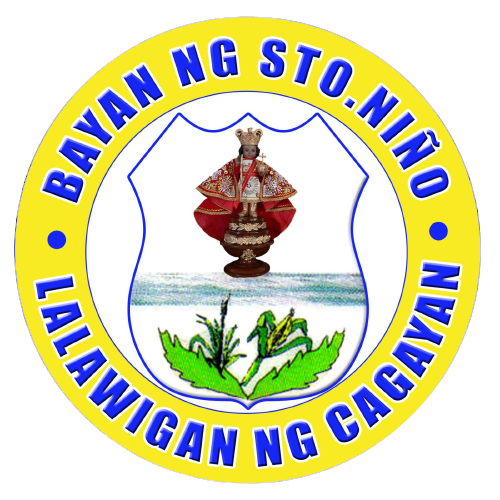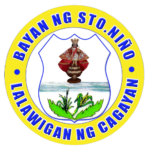History of Santo Niño Cagayan
Santo Niño (Faire) dates back to the Spanish period when it was first known as Tabang and later on Kabarungan. The town’s first Gobernadorcillo at that time, Manuel Faire, erected the church of Santo Niño in memory of his only son, named Niño, who died in his infancy. Santo Niño became the town’s patron saint and eventually the place was named “Santo Niño”. After some time, it was renamed “Faire” in deference to Gobernadorcillo Manuel Faire whose roots can be traced from Dingras, Ilocos Norte. He settled in Tabang where he married Itawes lass named Felicitas Pagulayan. After several years, the place was renamed back to Santo Niño.

Santo Niño (Faire) dates back to the Spanish period when it was first known as Tabang and later on Kabarungan. The town’s first Gobernadorcillo at that time, Manuel Faire, erected the church of Santo Niño in memory of his only son, named Niño, who died in his infancy. Santo Niño became the town’s patron saint and eventually the place was named “Santo Niño”. After some time, it was renamed “Faire” in deference to Gobernadorcillo Manuel Faire whose roots can be traced from Dingras, Ilocos Norte. He settled in Tabang where he married Itawes lass named Felicitas Pagulayan. After several years, the place was renamed back to Santo Niño.
The first municipal government was established in Tabang by Captain Manuel Faire who served as Gobernadorcillo. Later, a barrio called “Kabarungan” inhabited by ethnic “Kalingas” was discovered. The Gobernadorcillo contracted laborers from Ilocos Norte to help develop the place. Eventually, the Ilocano laborers settled and were provided lands to till and to build their homes. He persuaded the Kalingas to give way to the Ilocanos and for them to occupy the western portion of Kabarungan across the Chico River. The town of Santo Niño was officially established in November 27, 1897. It was led by Gobernadorcillo Faire who continued to serve until 1901 when the first election of Presidente Municipal was held. From then on, there were several transitions of the seat of government: from Kabarungan to Tabang and back to Kabarungan.
Due to a destructive storm in 1906 which destroyed the municipal building, the government office was transferred to Tabang in the house of Captain Ubaldo Pagulayan. But then, again, during the term of Captain Tomas Pagulayan, it was moved back to Kabarungan. Under the incumbency of Ignacio Luz, the Municipal Council drafted a Resolution to rename the town to “Faire” through Representative Juan Quintos. In February 28, 1914, by virtue of Executive Order No. 2390, the name “Faire” was adopted. However, in 1969 during the leadership of Mayor Leandro Pagurayan, a Sangguniang Bayan Resolution was approved for the change of name to “Santo Niño”. At present, the town is interchangeably called Faire or Santo Niño.
The present cultural practices in Santo Niño are interwoven with Spanish culture. As with other towns in the Philippines, feast day is celebrated in honor of its Patron Saint, Santo Niño. Other major Christian events are also observed in the town. While Kalingas, Itawes and Ibanags originally inhabited the place, Ilocanos have outgrown them and now represent the dominant population. At present, Santo Niño boasts of vast forestlands and agricultural areas with high potential for agri-commercial and agri-industrial development.
